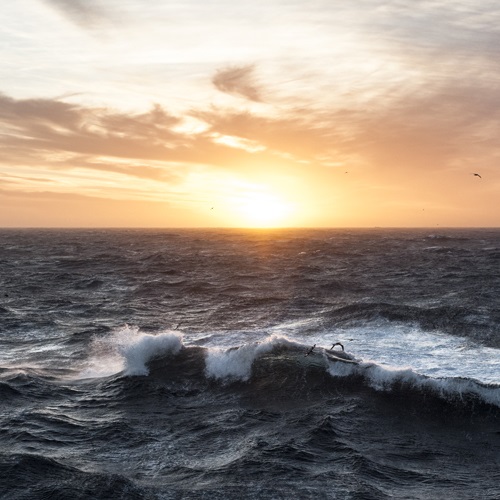The MSC is working to make its program accessible to well-managed fisheries even if they only have limited scientific data.
We realise that many well-managed fisheries might not have the sort of data on the species they catch or the places they fish that are usually used in assessments. This includes traditionally operated small-scale fisheries and those in the Global South.
To allow such fisheries to be assessed against the technical performance indicators in the MSC Fisheries Standard we have developed a Risk-Based Framework (RBF). This uses information from workshops with fishery stakeholders and any available data to enable fisheries to develop sustainable fishing management plans.
The Risk-Based Framework can be used for different performance indicators in the Standard, including around stock status and endangered, threatened and protected species. For example, if a fishery does not have data about the species they catch, or their habitat or ecosystem impacts, they can use the Risk-Based Framework to assess these impacts.
How does the Risk-Based Framework work?
The Risk-Based Framework (RBF) relies on information collected in workshops with fishery stakeholders, and any data available from the fishery.
There are four tools that can be used to assess different aspects of fishing activity:
• Consequence Analysis (CA) uses any available data to assess trends in the target stocks of a fishery
• Productivity Susceptibility Analysis (PSA) assesses how likely a stock is to recover when depleted, as well
as how likely other species are to interact with fishing gear
• Consequence Spatial Analysis (CSA) aims to identify how habitats may be affected by fishing activity
• Scale Intensity Consequence Analysis (SICA)
aims to identify the impacts the fishery has on the wider ecosystem
Each of these methods produces a score that can be included in an assessment report or benchmarking tool. This can then be compared with the default assessment criteria in the Standard.
Who should use the Risk-Based Framework?
The Risk-Based Framework (RBF) can be used in any fishery assessment. But it’s better to use the default assessment method where possible, as the RBF’s precautionary methods will likely result in lower scores for fisheries that have access to data instead.
If a certification body decide to use the Risk-Based Framework, they must announce this at the beginning of assessment and allow stakeholders to comment.
When should the Risk-Based Framework be used?
The Risk-Based Framework (RBF) is used only where it is needed. The certification body will use the RBF for specific indicators associated with status, where a fishery cannot be scored against the default assessment method because there isn’t enough data. For other indicators where there is enough data, scoring will follow the default assessment method.The RBF does not cover the assessment of management, which is Principle 3 of the Fisheries Standard. A data-limited fisheries' management will be assessed and scored the same way as any other fishery.
Does limited data mean fisheries are poorly managed?
No. Many data limited fisheries may be very well managed using precautionary management measures. Where they lack quantitative data there is a rigorous assessment of risk and worst case scenarios instead.How was the Risk-Based Framework developed?
The Risk-Based Framework (RBF) method was originally developed by Australia’s Commonwealth Scientific and Industrial Research Organisation (CSIRO) in its Ecological Risk Assessment for Effects of Fishing (ERAEF).
In 2008 we adapted it for the MSC Fisheries Standard and trialled it in seven pilot fisheries around the world. Following the outcome of the trial, we consulted risk-based assessment experts to finalise the framework, which was integrated into the Standard in 2009.
Latest developments
There are many fisheries that use the Risk-Based Framework to be assessed against our Standard. For example, the recently certified Asturias octopus fishery in Spain used the Risk-Based Framework to assess the stock status of their octopus.
Improving our Standards
Every few years we review the MSC Standards so they remain relevant. This allows us to incorporate widely accepted new science and fisheries management best practice, as well as improve implementation and address stakeholder concerns.
Find out how the Fisheries Standard Review aims to:
Stakeholders from all sectors are at the heart of our review, helping identify issues, develop solutions and test proposed changes. Find out more about opportunities to get involved in reviewing our Standards.
Find out more

Fishery certification guide
Everything you need to know about MSC fisheries certification.

Fishery Improvement Projects (FIPs)
We help fisheries that do not yet meet the MSC Standard through a suite of tools and training initiatives to support them to achieve MSC certification.

Developing our Standards
Because industry practices and scientific understanding evolve, we review our Standards every few years. You can get involved in the development.



